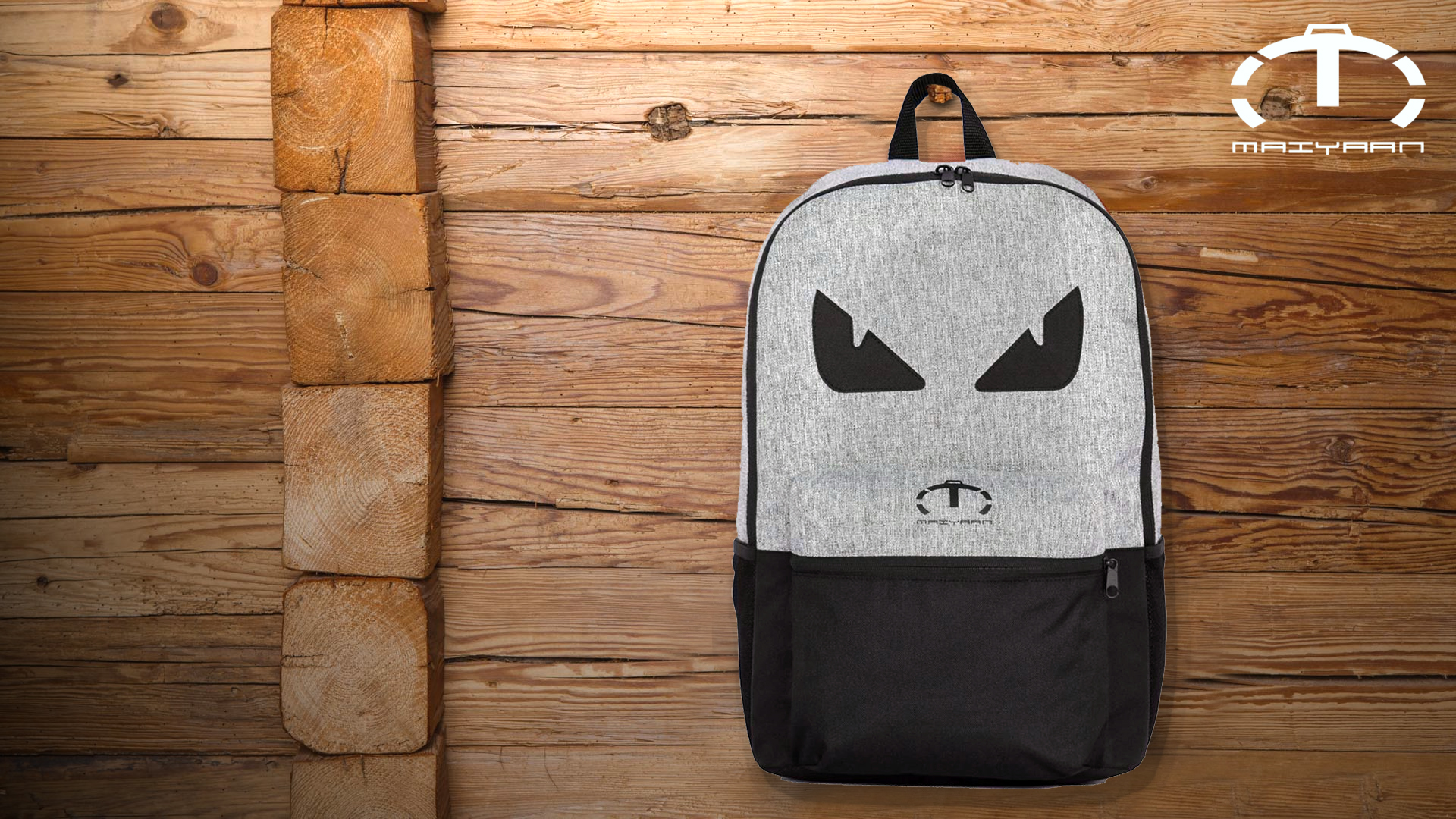Backpacks And Posture Problems
Most school-age children spend a substantial part of their day toting around a backpack. These backpacks, when worn and loaded to capacity, may be damaging to a kid's spinal health and increase their odds of getting a spinal injury. When wearing heavily loaded backpacks, a young child tends to undertake a postural imbalance, which causes them on lean forward with their own shoulders, head, and neck. This posture increases the possibility for low back pain. The posture makes it hard for the disk to absorb shock. Additionally, the increased pressure on the upper back and shoulders can cause improper development of the spine muscles and torso or pectoral muscles.
With time, the elongated back muscles weaken, resulting in pain in the lower areas, that have taken within the heavy load. Often times, a young child is oblivious to the lasting damage they've caused to their spine until they reach their 30s or even 40s when spine problems begin to cause distress. If you notice your kid leaning forward while walking normally, they can be suffering from premature back problems caused by wearing big backpacks for a school backpack. Other signs to look for are stress marks shoulders, numbness and tingling in the hands or arms, showing pain when placing, taking while wearing a backpack.
With the amount of homework and extracurricular activities most kids take on, a proper way of carrying their books and objects to school is a necessity. Knowing how to wear a backpack correctly can ensure your kid's spinal health.
First, ensure that the backpack is worn between the scapula and not hanging down beneath the kid's waistline. In addition, the backpack shouldn't be carried over one shoulder, and that unbalances the weight distribution through the backbone. Second of all, don't swing the backpack from one arm for another when putting in on. An embarrassing twist may result in the spinal column and disk damage.

Third, try to eliminate any pointless weight
If you do not need a certain book one day, there's no point in carrying it around. Or carry the very first 50% of their day's weight, while leaving their second 50% of their day's materials in a locker. After lunch, your kid can switch loads. Fourth, remember to bend at their knees and use the legs when lifting anything heavy - especially fully loaded backpacks for girls backpack. And once loading a backpack, ensure you place the heaviest books closer at the back, that will assist reduce gravitational drag. Lastly, many backpacks have a plethora of pockets and compartments. Utilizing these pockets will assist distribute the weight evenly across a kid's back and reduce the amount of uneven stress to the back muscles.


